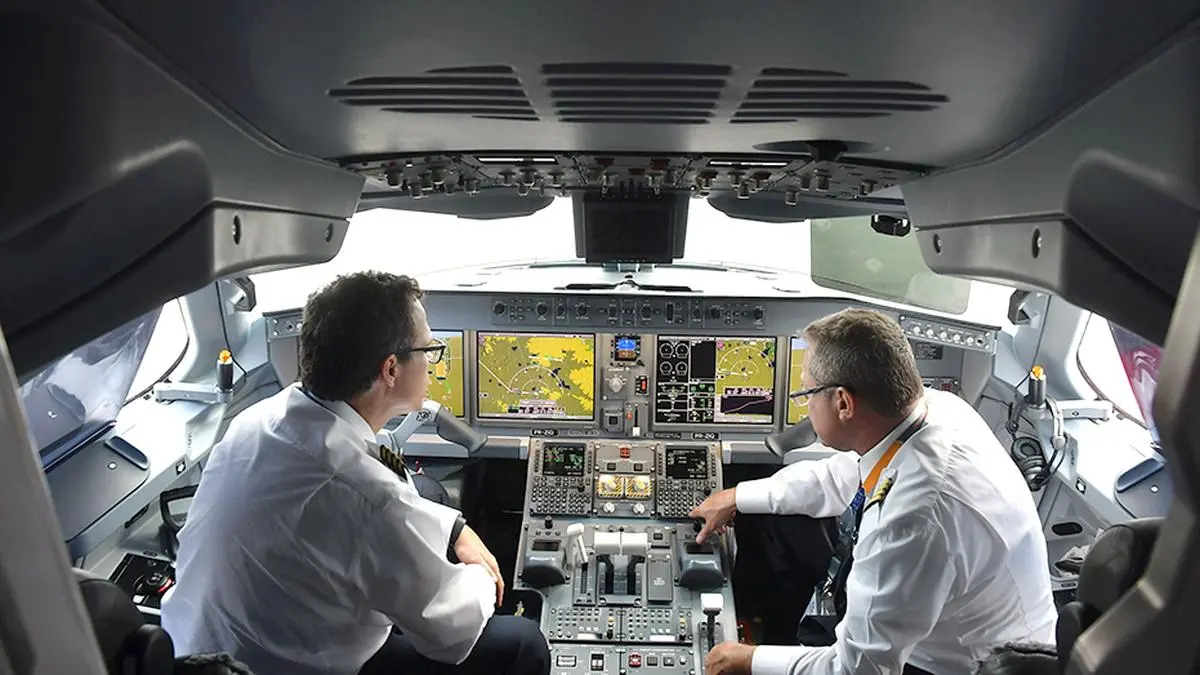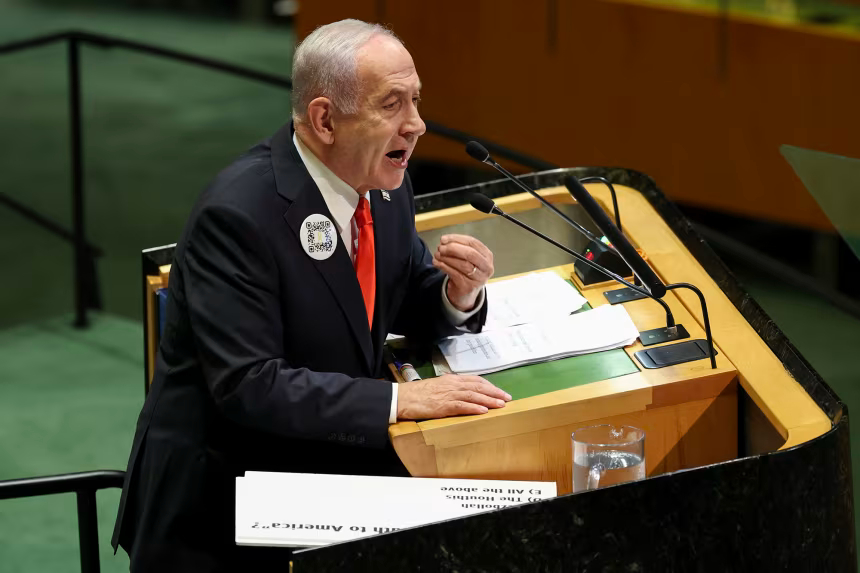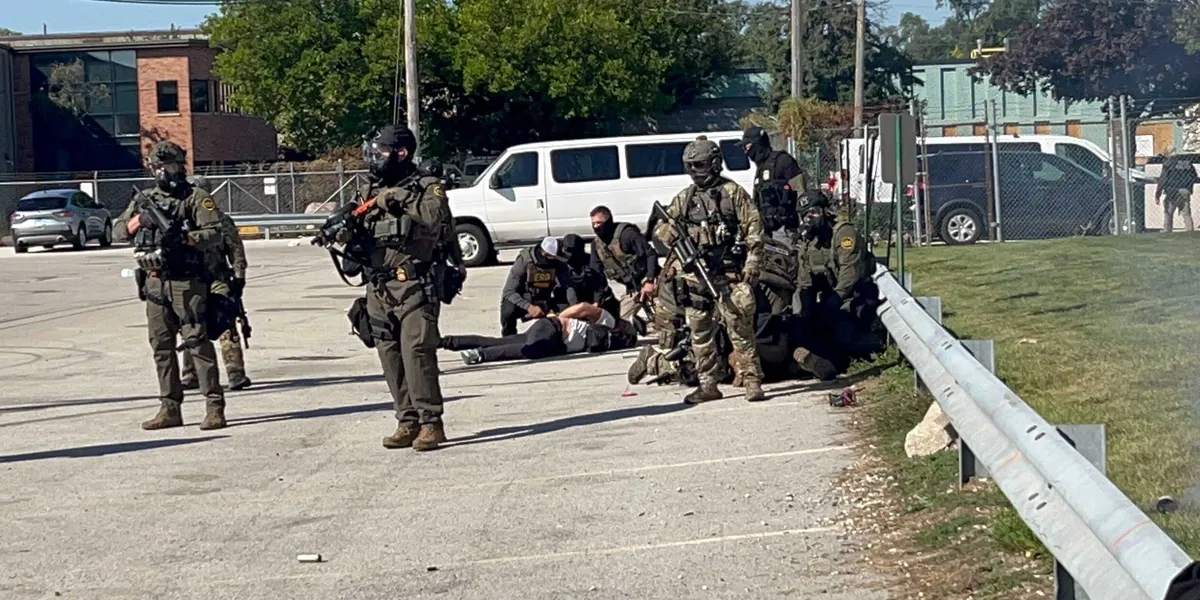Copyright thehindubusinessline

The Tata Group-promoted Air India is on the verge of launching an in-house flight simulator facility at its Gurugram-based academy to boost pilot training capacity, industry sources told businessline. The airline expects to soon receive regulatory clearance to start the facility, they added. “This facility will not only support Air India for its own manpower requirements but also contribute to the broader needs of India’s civil aviation sector,” industry sources said. An email sent to Air India with queries did not elicit a response. Presently, industry estimates that India would require an additional 10,000 pilots over the next decade, nearly doubling the current strength of around 12,000 licensed commercial pilots in the country. “The move to expand simulator capacity is critical to meeting manpower requirements in India’s fast-growing aviation market,” sources said. At present, Indian airlines rely heavily on overseas simulator facilities in countries such as the UAE, Malaysia, and Singapore, leading to higher training costs and logistical challenges. Besides, the facility is expected to become a critical asset for Air India, as it is in the midst of a fleet expansion with more than 500 aircraft on order. Currently, Air India has around 3,500 pilots and a fleet of nearly 200 aircraft, including narrow-body Airbus A320 family jets and wide-body Boeing 777s and 787 Dreamliners. Apart from type-rating training, the facility will also help in providing recurrent training for existing pilots. “As part of the facility, Air India will install 21 full-flight simulator machines. Pilot training on the first two simulators is expected to commence soon,” sources said, adding that at present, only two simulators have been deployed. Amravati flying school In parallel, Air India’s flying school at Amravati in Maharashtra is expected to take flight soon. The airline has ordered 34 trainer aircraft, which includes 31 single-engine aircraft from Piper Aircraft in the United States and three twin-engine aircraft from Diamond Aircraft in Austria. Notably, the flying school will provide ab initio training for cadet pilots, complementing the advanced simulator-based training at the academy. Furthermore, other airlines have also invested in pilot training infrastructure, as on an overall basis, Indian carriers have collectively ordered more than 1,000 aircraft in the past two years. For its part, airline major IndiGo has set up its own training academy in Gurugram with simulators for Airbus A320 aircraft. In addition, the Centre has also pushed the industry to enhance domestic pilot training capacity. The move led to the formation of new Flying Training Organisations (FTOs) in recent years. “The idea is to ensure that India’s airlines can meet their manpower requirements locally while maintaining high safety and training standards,” another industry insider said. Published on September 27, 2025



